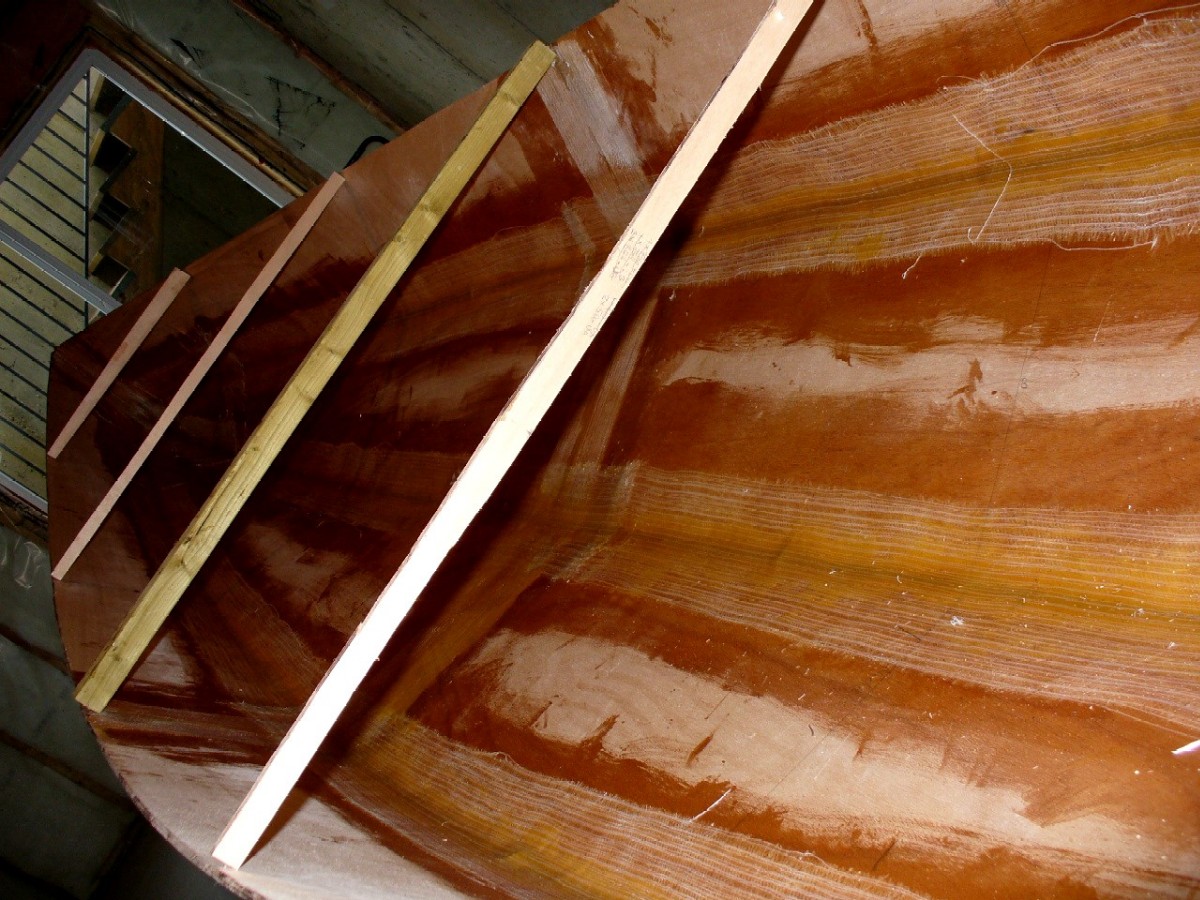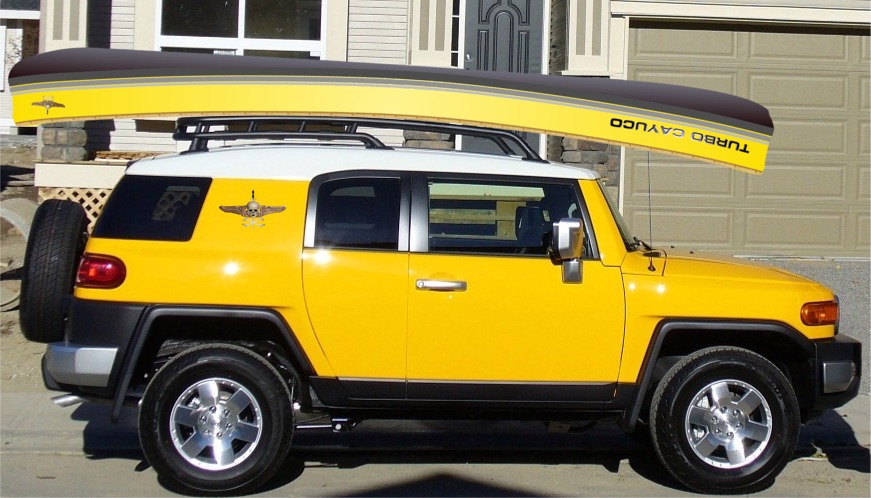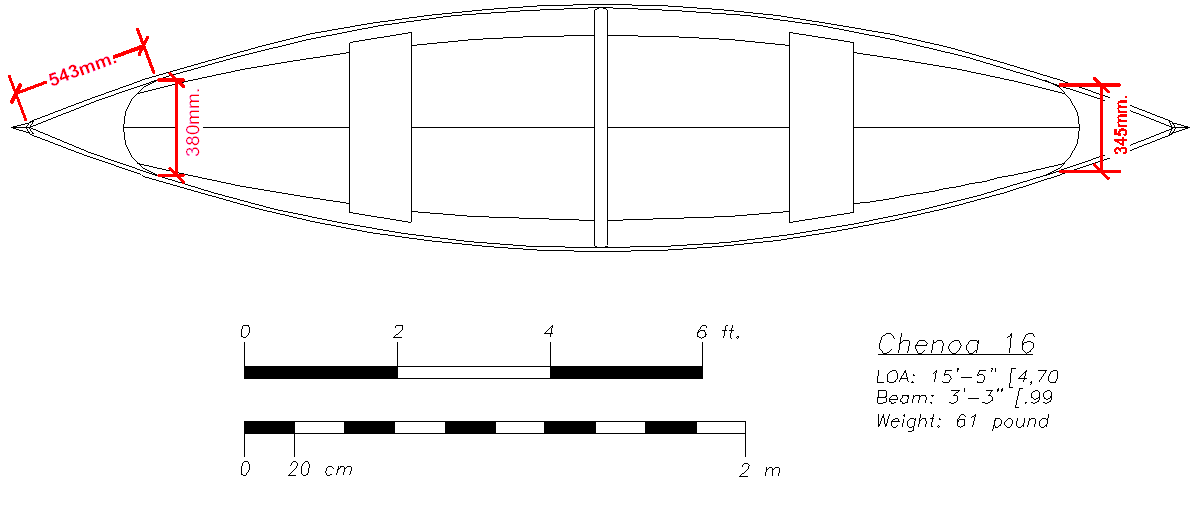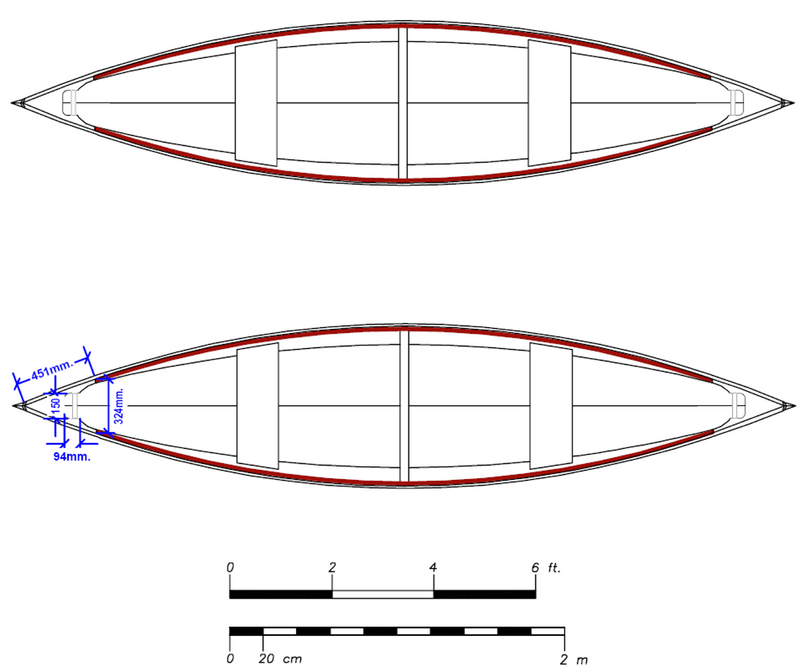Yesterday was another milestone in the building of Turbo Cayuco. All inside fiber glassing is now done.
I ran out of woodflour yesterday. Resin levels are pretty good. Somewhere around this webpages I read that, "wood flour is cheap... use too much". I guess I've been using pretty thick mixtures on my fillets, and perhaps my fillets have been larger than needed. In any case, as I was was mixing my last batch of putty, I overestimate the final amount of woodflour left and it resulted in a pretty thin putty. It wouldn't have been a major thing except for the fact that the only remaining fillets to make were the vertical bow portions. There was a time I was even considering mixing in real wheat flour just to thicken the stuff, but I held my impulses at bay. I wasn't too sure if it would work, and the bows are not the place where you'd want to have weak fillets.
So I slapped in thin putty vertical fillets and the things kept running down on me. For a while I was running from one end of the canoe to the other re-forming uniform fillets on runny putty until the putty started to gel enough to allow me to put in dry fiberglass over it. The FG sucked out a little bit of resin and finally, I ended up having stable uniform vertical fillets. I checked the seams this morning and they are looking quite good.
For this last inside fiberglassing session, I used resin pumps in my resin bottle. Until yesterday I had used 60cc syringes for measuring resin. Pumps are so much faster and uncomplicated. I came upon these pumps while I was looking for a place to buy powdered graphite around the Langley/Surrey area in BC. I did a quick search on the web looking for potential candidates to carry powdered graphite in their inventory. So I give this guys, "Industrial Plastics and Paint" a call, and they tell me they have one last can of a discontinued powdered graphite. This sounded a little strange to me because I was expecting generic graphite that's used as a dry lubricant.
So I ask the guy on the phone, if this would work mixed with epoxy resin and applied to the bottom of a boat and he simply says yes. I go to this industrial platics place half expecting to see big plastic tanks, o-rings, or molded injection parts. But the first thing that I see is a stand full of West System stuff for boat building. I tell the guy at the counter about the graphite, and he brings me a can of "West System 423 Graphite Powder". It turns out that it is not just pure graphite as I was expecting, but it has other stuff in it like crystalline sillica and it is formulated specifically for boat building.
It was past closing hours for this place so I quickly browse around the store. They also have System 3 products. There's fiberglass, carbon fiber, polyester,
WOODFLOUR and other fillers, colorants and additives. I, being the overly optimistic type about my own stock of woodflour, make a mental note to come buy woodflour in a week or two. At the time I'm feeling like a kid in a candy store. Apparently the clerk sees my enthusiasm and gives me a free epoxy resin user manual from West System and a boat building product catalog from System 3. The user manual is pretty neat with detailed instructions on techniques for filleting, barrier coating, gluing, fiberglassing, etc.
So in short, it's been an interesting, but good week.










